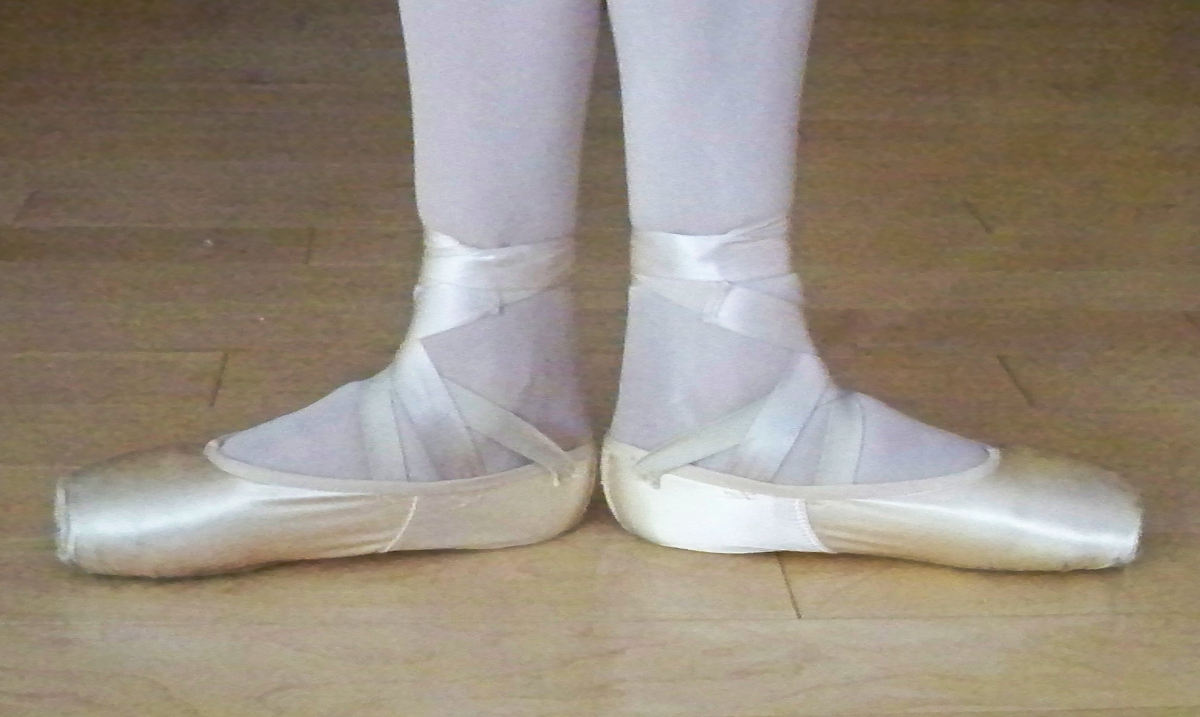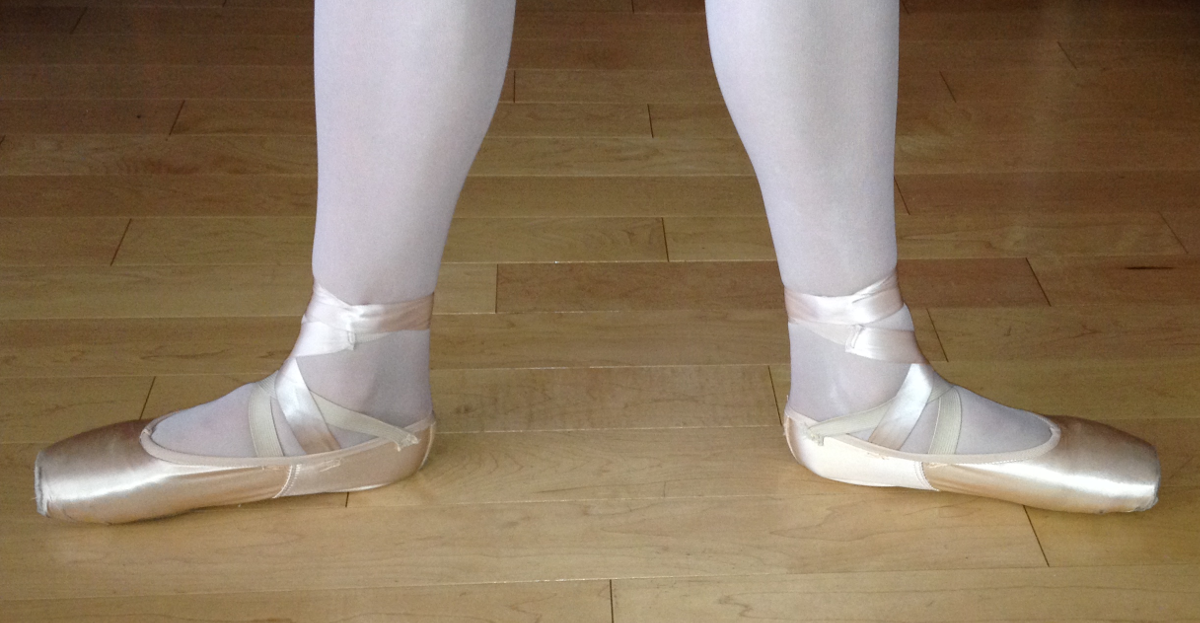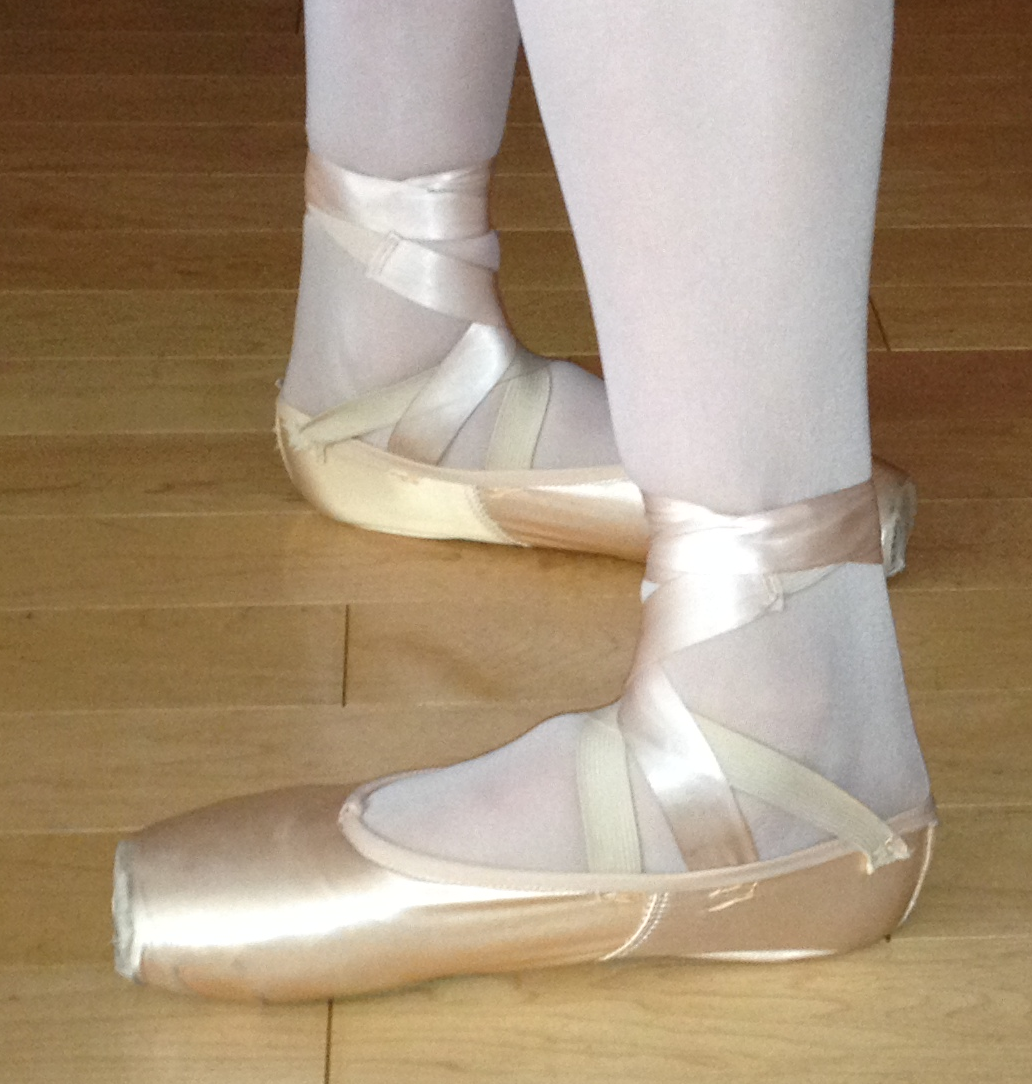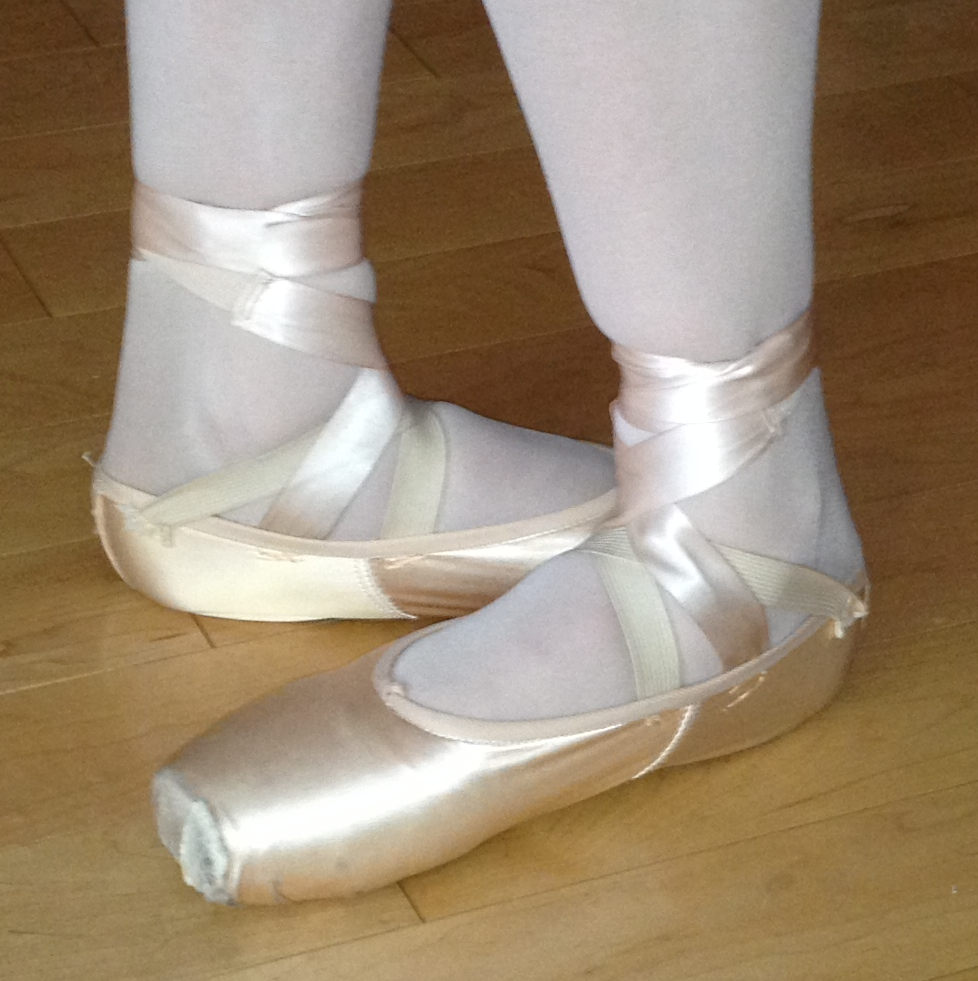Positions Of The Feet In Ballet on:
[Wikipedia]
[Google]
[Amazon]
The positions of the feet in ballet is a fundamental part of
 Heels together, and toes going outwards.
Heels together, and toes going outwards.
 The feet point in opposite directions, with heels spaced approximately twelve inches apart.
The feet point in opposite directions, with heels spaced approximately twelve inches apart.
 One foot is placed in front of the other so that the heel of the front foot is near the arch.
One foot is placed in front of the other so that the heel of the front foot is near the arch.

 There are two types of fourth position: ''open'' and ''closed''. In both cases, one foot is placed approximately twelve inches in front of the other. In open fourth position the heels are aligned, while in closed fourth position the heel of the front foot is aligned with the toe of the back foot.
There are two types of fourth position: ''open'' and ''closed''. In both cases, one foot is placed approximately twelve inches in front of the other. In open fourth position the heels are aligned, while in closed fourth position the heel of the front foot is aligned with the toe of the back foot.
 Fifth position should form two parallel lines with your feet. The heel of the front foot should be in contact with the big toe of the other, and the heel of the back foot should be in contact with the last toe of the front foot.
Fifth position should form two parallel lines with your feet. The heel of the front foot should be in contact with the big toe of the other, and the heel of the back foot should be in contact with the last toe of the front foot.
 Similar to fourth position, but performed ''
Similar to fourth position, but performed ''
classical ballet
Classical ballet is any of the traditional, formal styles of ballet that exclusively employ classical ballet technique. It is known for its aesthetics and rigorous technique (such as pointe work, turnout of the legs, and high extensions), it ...
technique that defines standard placements of feet on the floor. There are five basic positions in modern-day classical ballet
Ballet () is a type of performance dance that originated during the Italian Renaissance in the fifteenth century and later developed into a concert dance form in France and Russia. It has since become a widespread and highly technical form of ...
, known as the first through fifth positions. In 1725, dancing master Pierre Rameau
Pierre Rameau (1674 – 26 January 1748), was the French dancing master to Elisabetta Farnese, and the author of two books that now provide us with valuable information about Baroque dance.
Rameau's first book, ''Le Maître à Danser'' (1725, Par ...
credited the codification of these five positions to choreographer Pierre Beauchamp
Pierre Beauchamp or Beauchamps (; 30 October 1631 – February 1705) was a French choreographer, dancer and composer, and the probable inventor of Beauchamp–Feuillet notation. His grand-father was called Christophe (a musician) and his ...
. Two additional positions, known as the sixth and seventh positions, were codified by Serge Lifar
Serge Lifar ( ua, Сергій Михайлович Лифар, ''Serhіy Mуkhailovуch Lуfar'') ( 15 December 1986) was a Ukrainian ballet dancer and choreographer, famous as one of the greatest male ballet dancers of the 20th century. No ...
in the 1930s while serving as Ballet Master at the Paris Opéra Ballet
The Paris Opera Ballet () is a French ballet company that is an integral part of the Paris Opera. It is the oldest national ballet company, and many European and international ballet companies can trace their origins to it. It is still regarded ...
, though their use is limited to Lifar's choreographies.
The sixth and seventh positions were not Lifar's inventions, but revivals of positions that already existed in the eighteenth century, when there were ten positions of the feet in classical ballet.
Five basic positions
The first basic position requires the feet to be flat on the floor and turned out (pointing in opposite directions as a result of rotating the legs at the hips).First position
 Heels together, and toes going outwards.
Heels together, and toes going outwards.
Second position
 The feet point in opposite directions, with heels spaced approximately twelve inches apart.
The feet point in opposite directions, with heels spaced approximately twelve inches apart.
Third position
 One foot is placed in front of the other so that the heel of the front foot is near the arch.
One foot is placed in front of the other so that the heel of the front foot is near the arch.
Fourth position

 There are two types of fourth position: ''open'' and ''closed''. In both cases, one foot is placed approximately twelve inches in front of the other. In open fourth position the heels are aligned, while in closed fourth position the heel of the front foot is aligned with the toe of the back foot.
There are two types of fourth position: ''open'' and ''closed''. In both cases, one foot is placed approximately twelve inches in front of the other. In open fourth position the heels are aligned, while in closed fourth position the heel of the front foot is aligned with the toe of the back foot.
Fifth position
 Fifth position should form two parallel lines with your feet. The heel of the front foot should be in contact with the big toe of the other, and the heel of the back foot should be in contact with the last toe of the front foot.
Fifth position should form two parallel lines with your feet. The heel of the front foot should be in contact with the big toe of the other, and the heel of the back foot should be in contact with the last toe of the front foot.
Lifar's additional positions
Seventh position
 Similar to fourth position, but performed ''
Similar to fourth position, but performed ''en pointe
Pointe technique ( ) is the part of classical ballet technique that concerns ''pointe work'', in which a ballet dancer supports all body weight on the tips of fully extended feet within pointe shoes. A dancer is said to be ''en pointe'' () wh ...
'' with heels in center with each other. There are two seventh positions, determined by whether the left or right foot is placed in front.
See also
*Positions of the arms in ballet
There are two basic positions of the arms in ballet. In one, the dancer keeps the fingers of both arms fully touching to form an oval shape, either almost touching the hips, or at navel level, or raised above the dancer's head. In the other, the ...
References
{{Ballet Ballet, feet Ballet technique Human positions